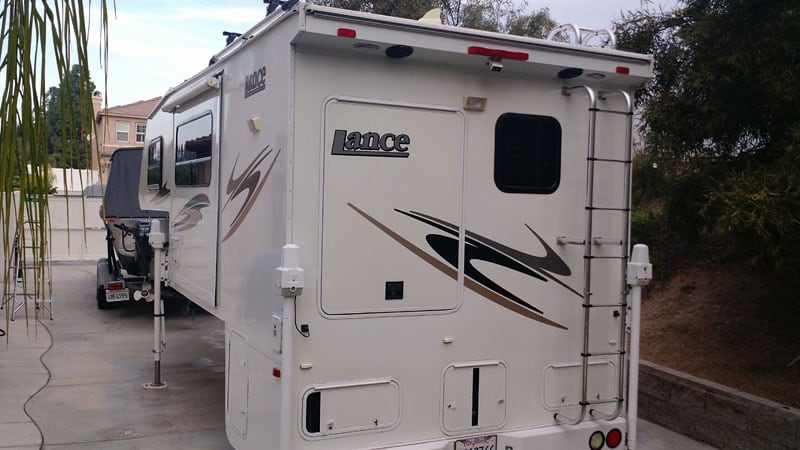
You essentially want this section to give employers a brief overview of who you are as a graphic designer. You can then expand your "about me" into your specific graphic design experience and aspirations. Start with the basicsĪ simple way to start your "about me" section is to share who you are, where you're from and what you enjoy doing. Related: Graphic Designer Skills: Definition and Examples 2. Consider using specific terms or lingo to connect with your visitors. Be mindful about what experience you share along with what personal interests of yours might engage your target audience. It's up to you to determine if you want your "about me" section to appeal to a large audience or a niche section of the industry.įor example, if you want to design specifically for beauty brands, you may write a different "about me" section than if you were to design for technology companies. Typically, you design an online portfolio or website to showcase your graphic design work and attract employers or clients. When planning your "about me" section, think about what type of person you want this section to resonate with.
#LANCE MOTION GRAPHICS HOW TO#
Related: How To Pursue a Career as a Graphic Designer How to write a graphic designer "about me" sectionįollow these steps when writing your graphic designer "about me" section: 1. Essentially, your "about me" section is a way to engage with potential employers or clients and leave a lasting impression. You can also use it to share what kind of projects you hope to work on as a graphic designer. In this section, you can summarize who you are, where you're from and what you enjoy doing outside of work. Along with giving them a glimpse into your graphic design background and experience, your "about me" section can show a little personality. Thank you Melanie Samay and the SJMA for the opportunity to create another film with you.An illustration of a person looking thoughtful as they look at their laptop screen.Ī graphics designer "about me" section is a part of your online portfolio or website that tells visitors about yourself. By doing so, we allow the setting to become a genuine collaborator. In conclusion, the secret to successful filming in working spaces lies in embracing the inherent character of each location, minimizing our impact, and revealing the soul of the space. At Magnolia Editions, we encountered a remarkable state-of-the-art printing press that became an integral visual element of the story, so capturing that on film was a priority for my team. Whether it's the captivating allure of an outdoor environment, the cutting-edge innovation of a high-tech lab, or the artistic haven of a studio, our job is to bring these defining characteristics to the forefront. It is the creative team's responsibility to unearth and showcase this quality. Opting for a streamlined camera setup and employing minimal lighting, we managed to maintain a low impact while still capturing the unique essence of each location.ģ️⃣Lesson Three: Showcase the Space's SoulĮach working space has an “essence” that reflects its purpose and identity. Respecting their workspace is crucial, which is why we made it a point to leave a small footprint during production. Working spaces, by their very nature, are bustling with activity as employees carry out vital tasks. Instead, we harnessed the innate beauty of the spaces, letting them play a starring role in the unfolding narrative. When filming at Magnolia Editions and the Stanford studio, we adopted a nimble approach, resisting the urge to overload the set with excessive equipment and gear. As a production company and director, it is our responsibility to work harmoniously with the location's distinctiveness, rather than imposing our will upon it. Through this experience, I've distilled three invaluable lessons that every content maker should embrace:ġ️⃣Lesson One: Embrace the Location's CharacterĮvery working space possesses its own unique character and ambiance.

The locations for our creative work included the print studio Magnolia Editions in Oakland and Enrique's own artist studio in the Stanford University campus.Īs the director of this project, I had insights into delicate art of filming in working spaces-a craft that demands special care to achieve exceptional results.

Our mission was to tell the story of artist Enrique Chagoya and his collaborators in the Bay Area. Last week Satellite Film and Video produced our fourth collaboration with the San José Museum of Art. Filming in working spaces can be a daunting task.


 0 kommentar(er)
0 kommentar(er)
